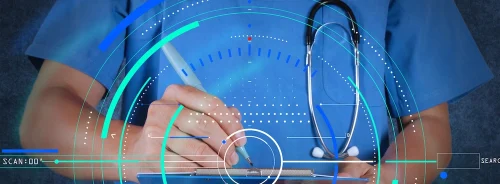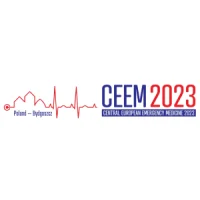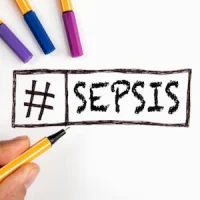Sepsis is a major challenge in intensive care medicine with high morbidity and mortality. Early and proper use of antibiotics is crucial for effective treatment.
Personalising antibiotic dosing is essential. However, maintaining adequate antibiotic exposure can be challenging, particularly for critically ill patients, as changes in organ function and fluid balance can affect the clearance and distribution of antibiotics. This results in within-patient variability during the course of their illness, further complicating therapy. Studies show that conventional dosing can result in a 500-fold variation in antibiotic concentrations in these patients, making it challenging for physicians to select appropriate dosages without expert support.
Model-Informed Precision Dosing (MIPD) is an approach for adjusting treatment based on the characteristics of individual patients. It includes information from antibiotic plasma concentration sampling. Pharmacokinetic (PK) models allow individual dosing schedules that meet pre-specified target drug concentrations. However, developing and using PK models can be complex and challenging for physicians without support. To simplify the process, automated dosing software tools have been developed, which directly interface with electronic health record systems and offer visualisation of concentration-time curves to allow physicians to choose an optimal treatment strategy.
The AutoKinetics software was developed and tested for treating critically ill patients suffering from sepsis based on MIPD. The software collects real-time data from the EHR to predict the optimal dose to achieve predefined PK target exposure without requiring plasma concentration data. The software was found to be feasible, safe, and significantly improved PK target attainment for ciprofloxacin with excellent compliance by ICU healthcare professionals. However, improved target attainment for ciprofloxacin did not lead to significant differences in clinical outcomes.
In the DOLPHIN study, MIPD was applied remotely by pharmacists based on PK models using plasma concentration feedback. There was no significant difference in length of stay or target attainment between standard dosing and PK-guided dosing.
These findings indicate the limitations of current approaches to implementing MIPD. First, there is a need to provide dosing guidance from the beginning of antibiotic therapy. Second, there is a lack of evidence for the efficacy of MIPD, and it relies on the accuracy of PK models. Improving their accuracy could lead to better outcomes. Current PK models sometimes lack important covariates that could affect drug metabolism or may consider only simple representations of their effect.
Also, in classical PK models, equations defining the relationship between PK parameters and covariates are typically chosen manually. The use of Big Data in PK models is a promising new avenue for refining MIPD. The HEROI2C research team developed a machine-learning model for predicting piperacillin concentrations in critically ill patients, which was more accurate than existing population PK models when no concentration measurements were available. Hybrid ML/PK models have also been proposed to improve performance, and Neural Ordinal Differential Equations (Neural-ODE)-based approaches can learn time-varying effects. Target-controlled infusion systems, where dose administration is fully controlled by a computer, could be the next step in MIPD, but current models do not yet support this approach.
Recent studies show that automated dosing software can help ICU healthcare workers with antibiotic dosing decisions. In particular, machine-learning-based approaches offer opportunities for improving antibiotic concentration predictions. However, further research is needed to evaluate the benefits and reliability of MIPD for antibiotics and other antimicrobials.
Source: Intensive Care Medicine
Image Credit: iStock










